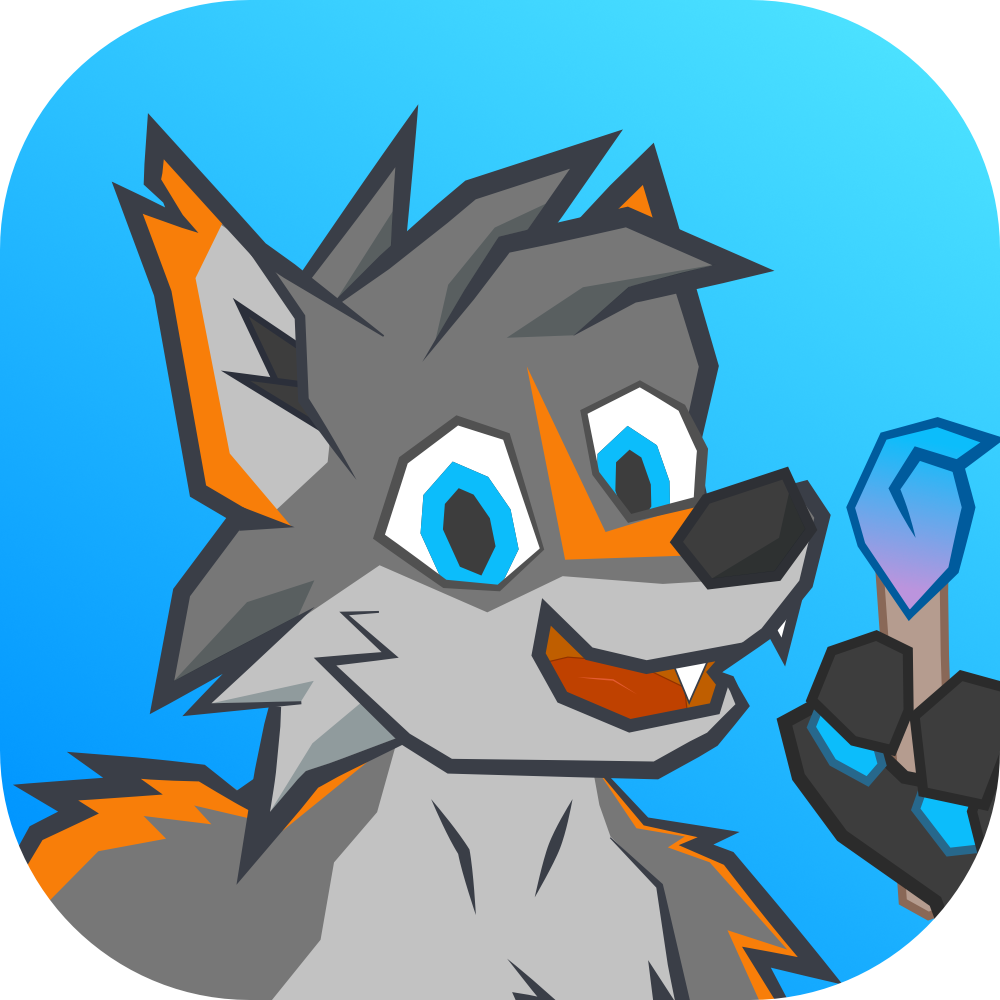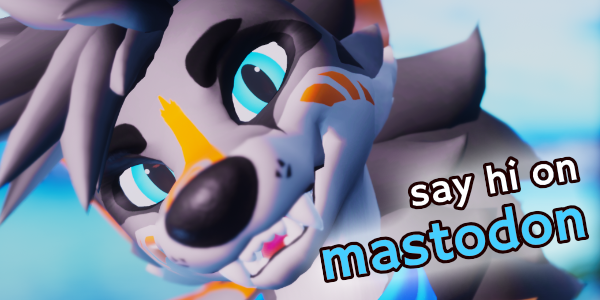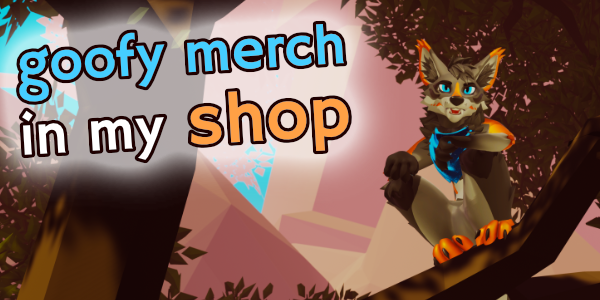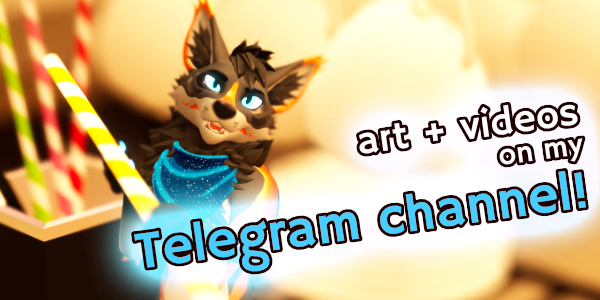A lot of the time when you’re drawing, it’s a good idea to make use of all of the space you have so you can smoothly move your arm around. But sometimes it’s also useful to draw things… really tiny!
What? If I’m supposed to draw big things on a big canvas, why should I also be drawing small things? I can’t do both at the same time! Well, of course. Similar to rotating your canvas versus keeping it straight, there are times when it’s useful to vary how large your drawing is. You’ll see this a lot if you’re taking any art classes, either online or in-person: some instructors will tell you to use a giant sketchpad, and some will have you using tiny sticky notes to do something called “thumbnailing”.
Thumbnailing, in an art context, means to draw things intentionally small. Itty bitty. Tiny little doodle critters. Basically, the size of a sticky note, no larger than you finger on any one side. If you’re making thumbnails on a larger canvas or piece of paper, you can divide it up into small boxes. Then, in each of those boxes, you draw something. Then you draw another in another box. And you keep going until you’ve filled your page with drawings. The boxes will help you keep things small – you don’t need to have them but they’re very useful for keeping yourself on track and organized.
OK, great, that’s how you do it. But whyyyyyy? If you’ve watched my earlier video about drawing in the dark, there’s actually similar tricks on your brain at play here. You’re making it harder for your brain to add in details, since you can only draw so small with a pencil. This is a good thing, because it makes it easier for you to focus on the overall shapes, and even values and shading of what you’re drawing. Plus, it’s quick! Little drawings are much easier to complete, and you’ll find yourself less attached to them. You’ll be more open to trying different things since it doesn’t really matter if you only spent a minute or so on each one. Remember, if you’re learning to draw, quantity is usually better than quality when working on your skills. Here’s a few things you can try:
One: Studies! We love art studies. They’re the tool to getting better and helping you practice. But sometimes they can feel a bit tedious or boring. Limiting yourself to thumbnailing gives you a stopping point without needing to set a timer: there’s only so much you can draw in a small space. Draw what you’re studying for a minute or so, then… draw it again in the next box! And again! Do this a few times and you’ll see how your drawings have improved in just a small amount of time. I highly recommend trying this if you’re studying something that you’ve never drawn before, or if you just want to do some warm-up exercises. When you keep things small and short, you’re adding in some variety to your work, even if you’re drawing the same thing over and over. I think it’s pretty fun! You don’t have to fill a page with 20 thumbnails of the same thing, but try at least 3 or 4.
Next: If you’re making a larger piece and suddenly find that you’re having trouble drawing a part of it, pause for a second. Grab a separate piece of paper or some sticky notes, and start thumbnailing the part you’re having trouble with! Same thing as before, 3 or 4 drawings of it. You’ll get a feel for what you’re trying to do from a zoomed-out view, and then you can apply that back to your larger piece. I do this a lot with anatomy: muscles significantly affect how various parts of the body look, and if I’m having trouble drawing a leg or arm in a certain pose, I’ll thumbnail it off to the side and see what looks best.
If you’re at the point in your art skill where you’re confident in creating new designs, landscapes, or characters from scratch, thumbnailing can be an incredibly useful and important part of the creative process. You probably knew this already, but sometimes it’s good to have a reminder. If you’re creating a mystical creature and don’t really know how you want certain parts to look, you can thumbnail it in different ways, and in a short amount of time you’ve experimented with many different designs! Each time you can take the pieces you like and use them again, or keep changing things out to force yourself to add in some variety. ==I was actually getting pretty distracted while writing this script because I kept wanting to stop and go do some thumbnailing.==
Beyond all of the useful parts of thumbnailing, sometimes it’s just good idle fun! You can thumbnail from references, or relax and doodle tiny things from imagination. As you develop this skill more, you’ll find that your larger works will start to feel easier because you’ve gained a skill to “zoom out” and get the bigger forms down before tinier details. This can also be useful when you want to make smaller finished drawings, such as pixel art or chat stickers or emojis! So go try it out. I know I’m gonna. See ya next time!
| Production Info | |
|---|---|
| Music | Simon Sharp - Fix It Now (No Vocal) |
| VRChat World | Oia Lookout by Rio Grande |
| VRChat Avatar | Freakhound by Ghost Cabbit |




